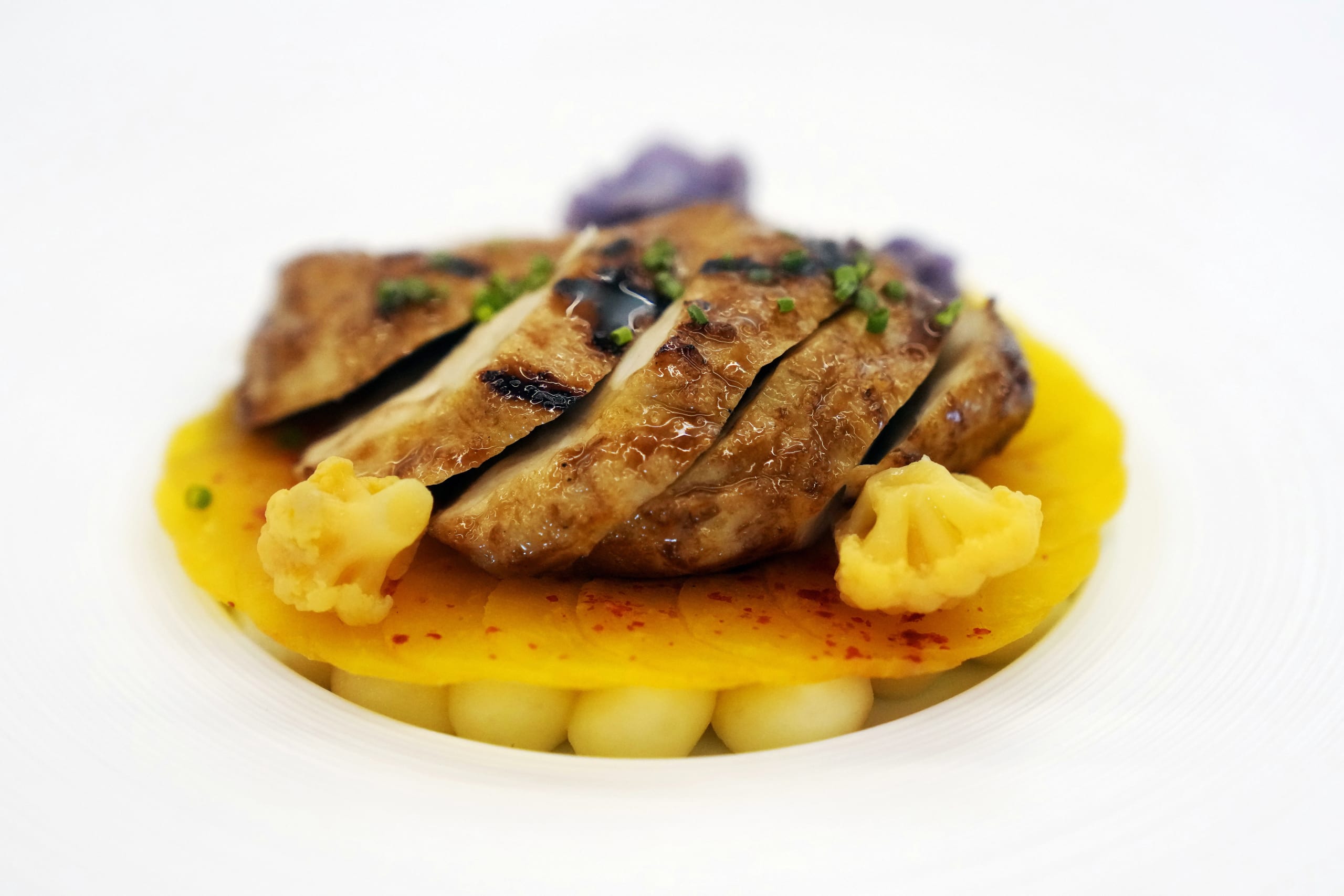We bring news that matters to your inbox, to help you stay informed and entertained.
Terms of Use and Privacy Policy Agreement
WELCOME TO THE FAMILY! Please check your email for confirmation from us.
The United Stated Department of Agriculture on Wednesday, June 21 permitted two California firms to sell the products, known as “lab grown” or “cultivated” meat.
The U.S. government is allowing the sale of chicken made from animal cells.
California companies Upside Foods and Good Meat were granted permission on Wednesday to sell their products by the Agriculture Department.
Livestock doesn’t need to be raised and killed to produce this new type of meat, which proponents say is better for the animals and for the environment because land does not need to be cleared for grazing or growing feed.
Currently, the U.S. uses over 1 billion acres of land for agriculture, or just over half of total land — the majority of which is used for grazing cattle.
It’s meat grown from the cells of animals in steel tanks. Though it’s known in the industry as cultivated meat, it’s sometimes called cultured meat, lab-grown meat or cell-based meat. There are more than 150 companies around the world trying to develop these food products. They’re working on a variety of meats: chicken, beef, pork and lamb.
At this point, you can’t buy these new meats at the grocery store — they will be initially rolled out at restaurants. Consumers can expect cultivated meat to be sold at a growing number of restaurants and small retailers within the next two to five years and on supermarket shelves within seven to 10 years, said Sebastian Bohn, a project manager specializing in cell-based food for CRB, a Missouri firm that designs and builds facilities for pharmaceutical, biotech and food companies.
It starts with cells, which can come from a fertilized egg, a special bank of stored cells or tissue initially taken from a living animal. The cells are mixed with a broth of nutrients that the cells need to grow and divide. Cells are triggered to turn into skeletal muscle, fat and connective tissues. After days or weeks, the cells are removed from the tanks and shaped into products such as nuggets.
The easiest products to make this way are those usually made with ground meat, such as hamburgers and chicken nuggets. Some companies are working on products with more structure, such as chicken breasts and steaks. Those need a scaffold, or structure for the cells to grow on, which can be vegetable-based or made of animal products like collagen.
Experts say it’s real meat created in a different way. It’s not the same as plant-based products such as Impossible burgers, which do not contain animal cells. Some versions of cultivated meat — including Good Meat chicken products — do contain a small amount of vegetable proteins. Upside Foods officials say their meat does not.
Until this meat costs and tastes the same as traditional meat, “it’s going to stay niche,” said Bruce Friedrich, president of the Good Food Institute. Also, some people find the idea of meat from cells strange. A recent poll conducted by The Associated Press and the NORC Center for Public Affairs Research found half of U.S. adults said that they are unlikely to try it. When those unlikely to try it were asked why, about half said they didn’t think it would be safe. A World Health Organization report on the food safety aspects of cell-based food noted several potential issues, such as microbial contamination at various points in the process, biological residues and by-products and scaffolding that some people might be allergic to. But experts noted that conventional meat also carries risks, such as bacterial contamination before and during the slaughtering and packaging process.
TheGrio is FREE on your TV via Apple TV, Amazon Fire, Roku, and Android TV. Please download theGrio mobile apps today!

